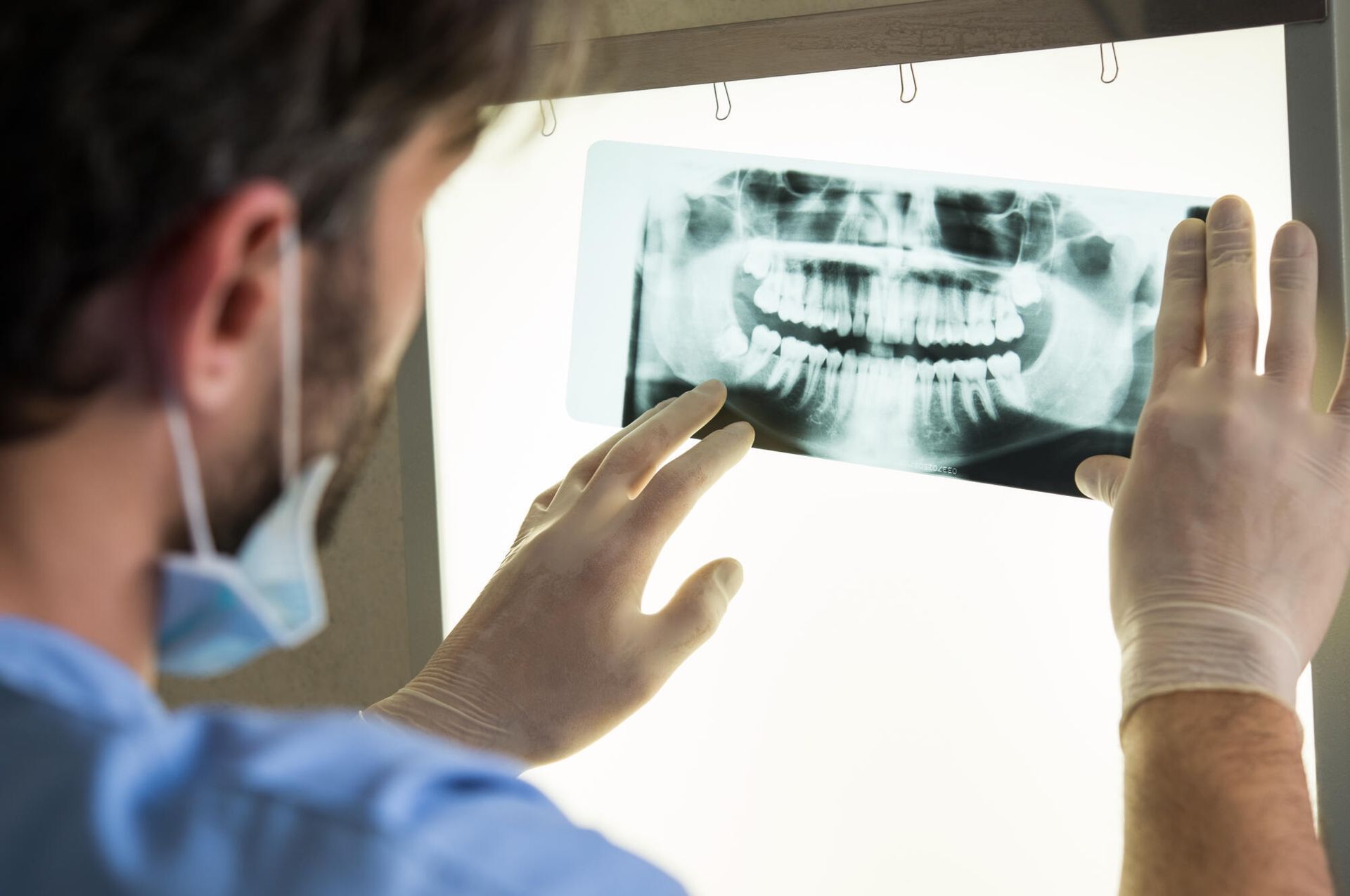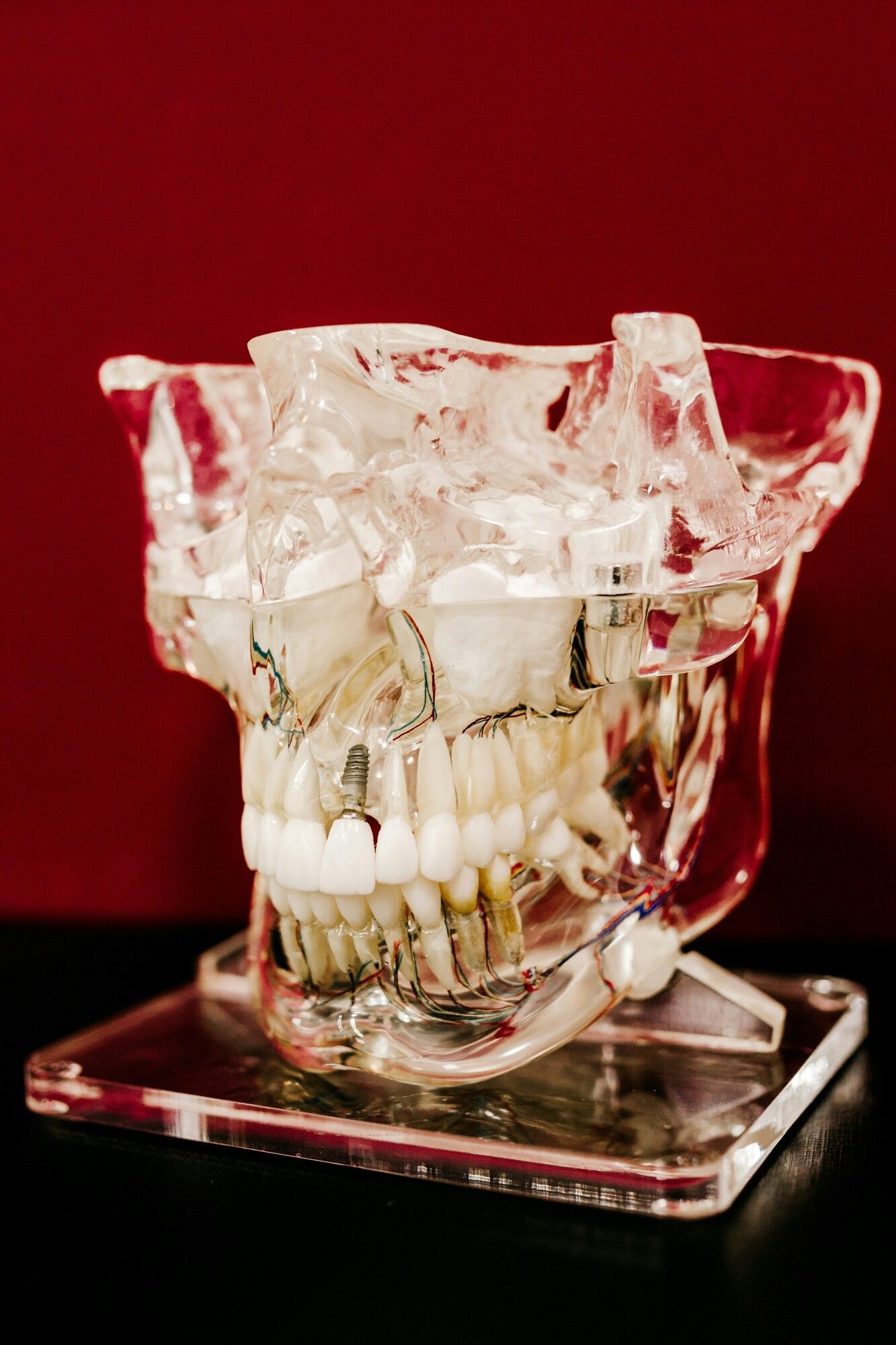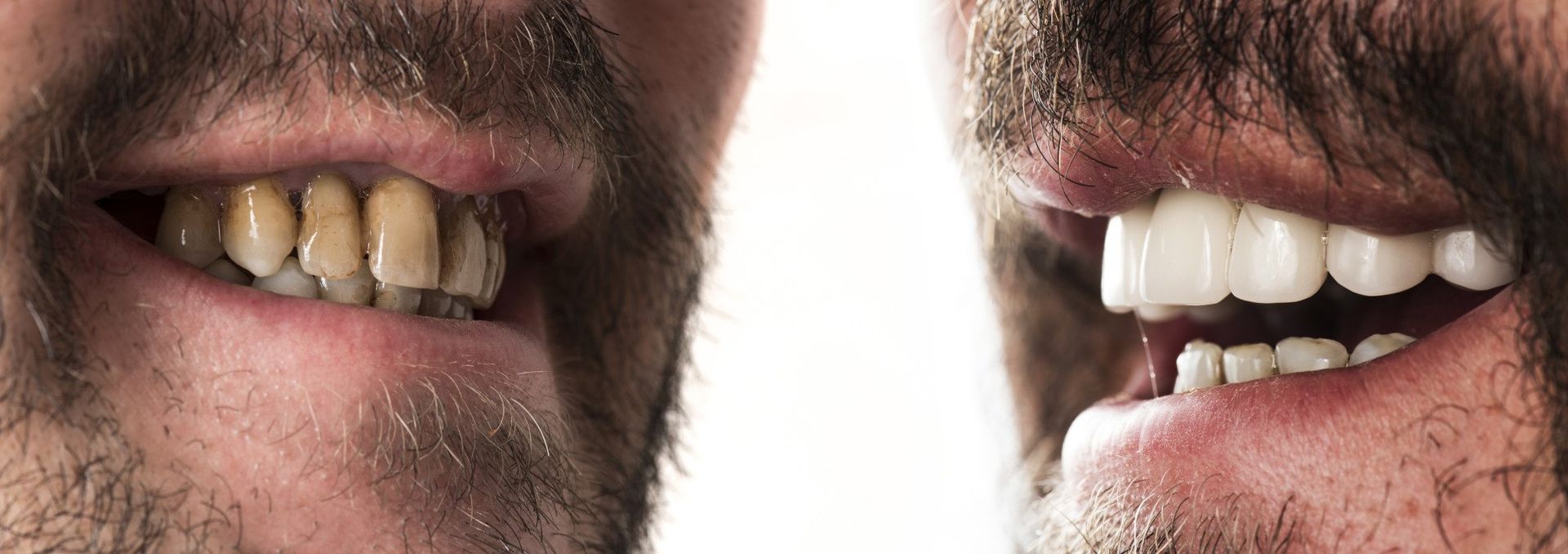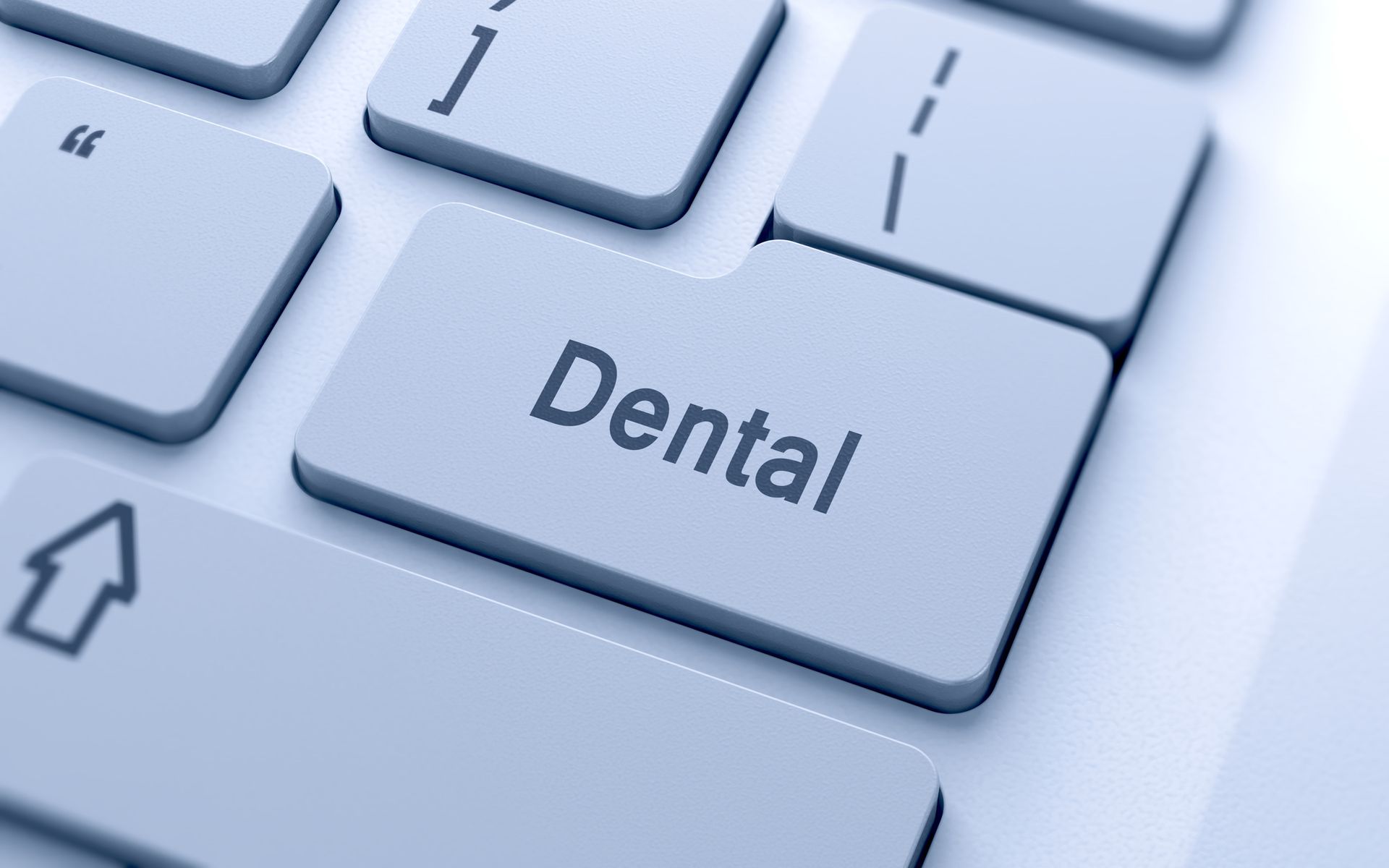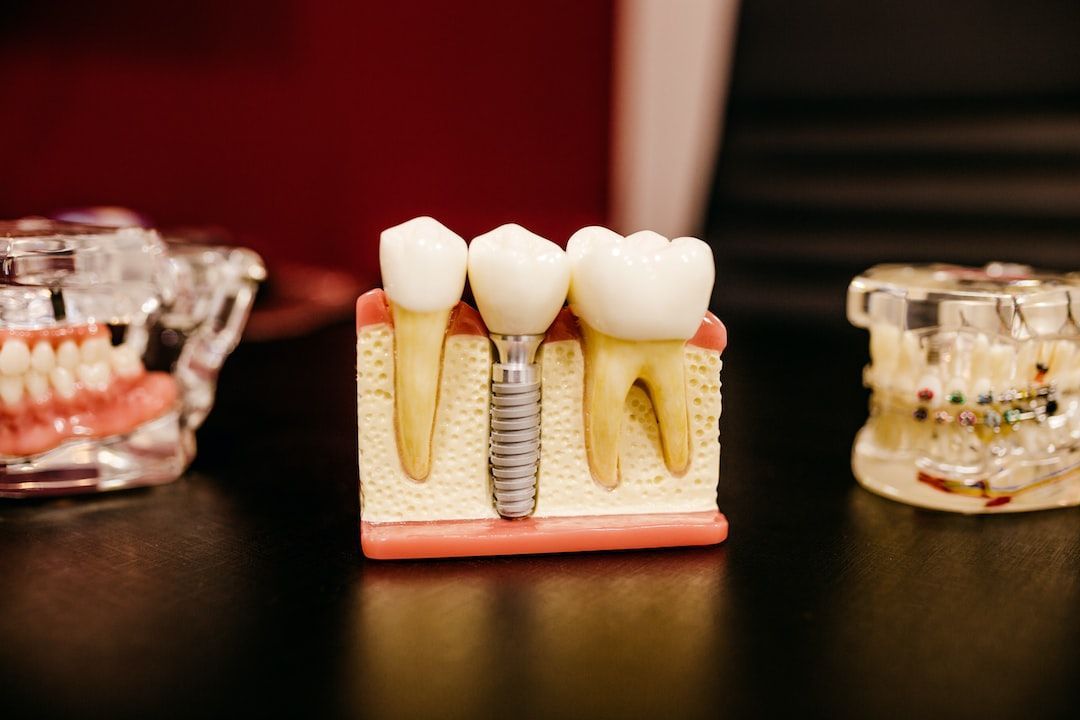West New York, NJ
(201) 865-5150
Teaneck, NJ
(201) 836-4400
How Many Teeth Can Be on a Bridge?
Do you have four teeth missing in a row and have optimal dental health? Bridgework can help in restoring the aesthetics and functionality of your smile.
The oral restoration method consists of crowns and artificial teeth. It works by linking a fake tooth to the adjacent tooth (either synthetic or real).
There are different kinds of tooth bridges available for different situations. They can be manufactured using non-precious or precious metals with which the dentist combines porcelain material.
Dentists use a tooth bridge to replace two, three, and four teeth. In that case, it can be more costly and helps in restoring multiple spaces between more than two teeth.
Teeth that a Bridge Can Replace
People of every age group lose teeth at some point in time. It may be due to infection, tooth decay, injuries, etc. It creates gaping holes in the mouth that impacts your smile significantly.
Teeth loss makes the remaining teeth shift towards the spaces and form a bad bite. It makes it tough to socialize and mingle with people around you.
A tooth bridge spans the spaces between teeth like a bridge on a river. The total number of teeth that a tooth bridge can replace differs on many factors:
- Angle and position of teeth.
- Heavy or light bite force.
- The total number of missing teeth.
- The overall condition of other gums and teeth.
A bridge may not be the appropriate option if you desire to replace more than two teeth. For example, four missing teeth would need a big bridge. The big dental bridge means less stability. It makes the dental bridge less efficient. You also require sufficient teeth to link with crowns.
Another thing that plays a vital role includes – the shape of anchoring teeth. A good shape means they are healthy and robust. However, if they are not, then the bridge can become loose after some time.
Overall, replacing multiple missing teeth with a dental bridge is possible. But it may be risky. For replacing 4 to 8 teeth, dental experts use implants. They offer extra reinforcement for dental bridges.
Since a traditional dental bridge procedure is implemented between a single tooth and another, the dental professional will evaluate your unique case and recommend the best option.
The Bridge Replacement Process
The dentist follows the particular process for replacing the tooth from the bridge. They cement the dental fixture onto the teeth on either side of the area of the missing tooth.
It helps in keeping the bridge in its place.
The patient requires good health for the dental bridge to function well.
Is Getting a Dental Bridge Painful?
Getting a bridge at Complete Dental Works – Teaneck is not painful. The dentist uses local anesthesia when taking digital impressions and pairing teeth.
After the procedure ends, it is normal to feel some discomfort. However, it goes away after some days. Dental bridge pain that stays for one week or more may indicate an ill-fitted bridge or an infection.
To avoid pain and tooth decay under the dental bridge, make sure you adhere to good oral hygiene. Also, properly floss around your appliance and keep it plaque-free by cleaning your teeth deeply. It is also essential to take pain relievers to eradicate the discomfort.
Are Tooth Bridges Permanent?
No, a bridge is not permanent. There is a point of time when the tooth bridge may get loose or experience some damage. These dental bridge problems can be due to tooth decay under the bridge or other reasons.
During this, it becomes essential to replace the bridge. The dentist makes the required adjustments to ensure it fits appropriately.
A dental bridge requires replacement every 5 to 15 years, depending on how you take care of it. At-home dental hygiene routine includes flossing and brushing the bridge.
The durability of bridges usually depends on the combination of regular dental care, specialized care, and professional cleanings. Tooth bridges are permanent if they are fixed instead of removable.
Fixed tooth bridges usually have a lifespan of 5 to 15 years or even longer. However, others can last for 5 to 7 years when taken care of well.
If the dental restoration is done by a trained expert, there is a high chance of longevity and success.
To get affordable
dental bridges in Teaneck, NJ, visit Complete Dental Works – Teacneck today!
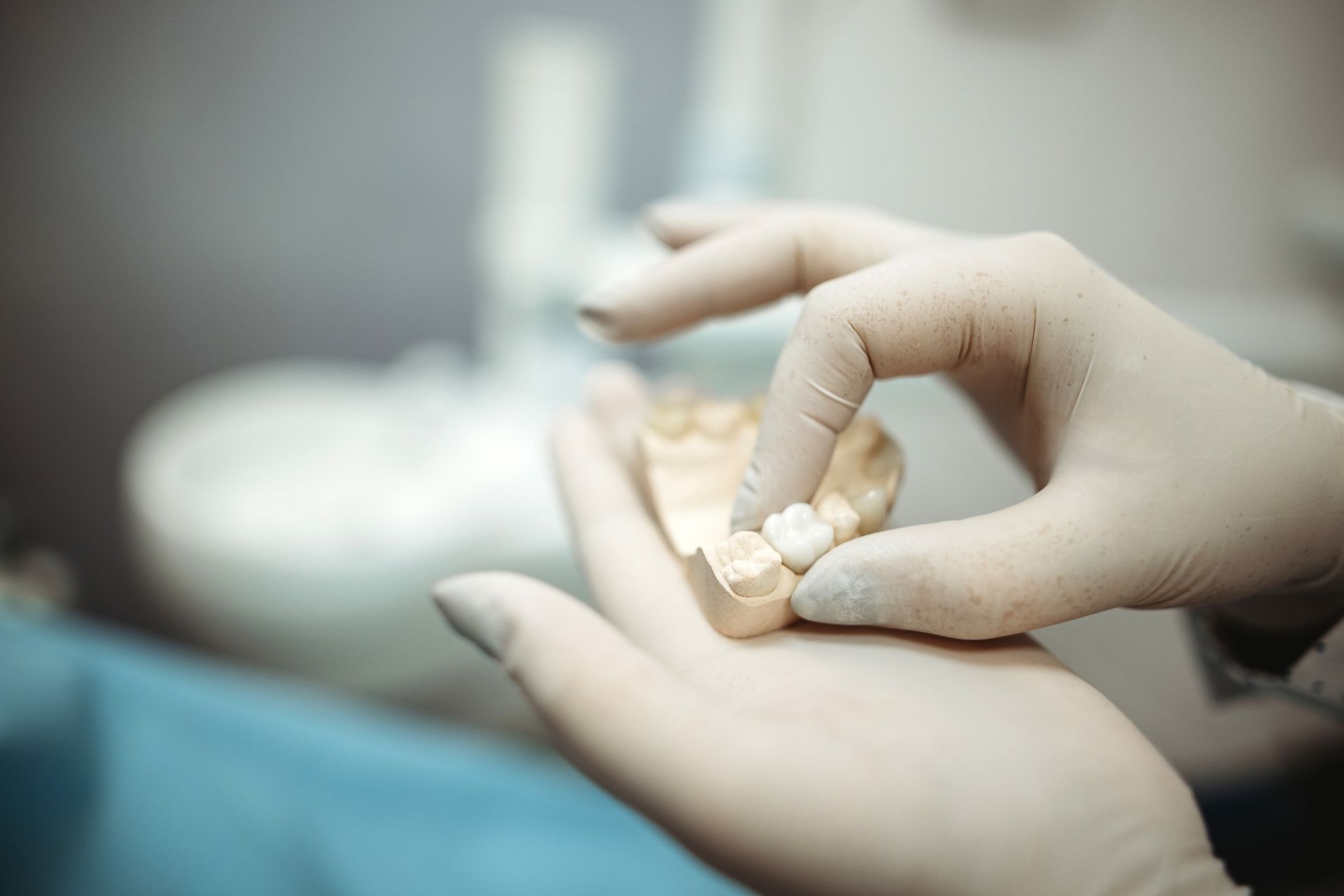
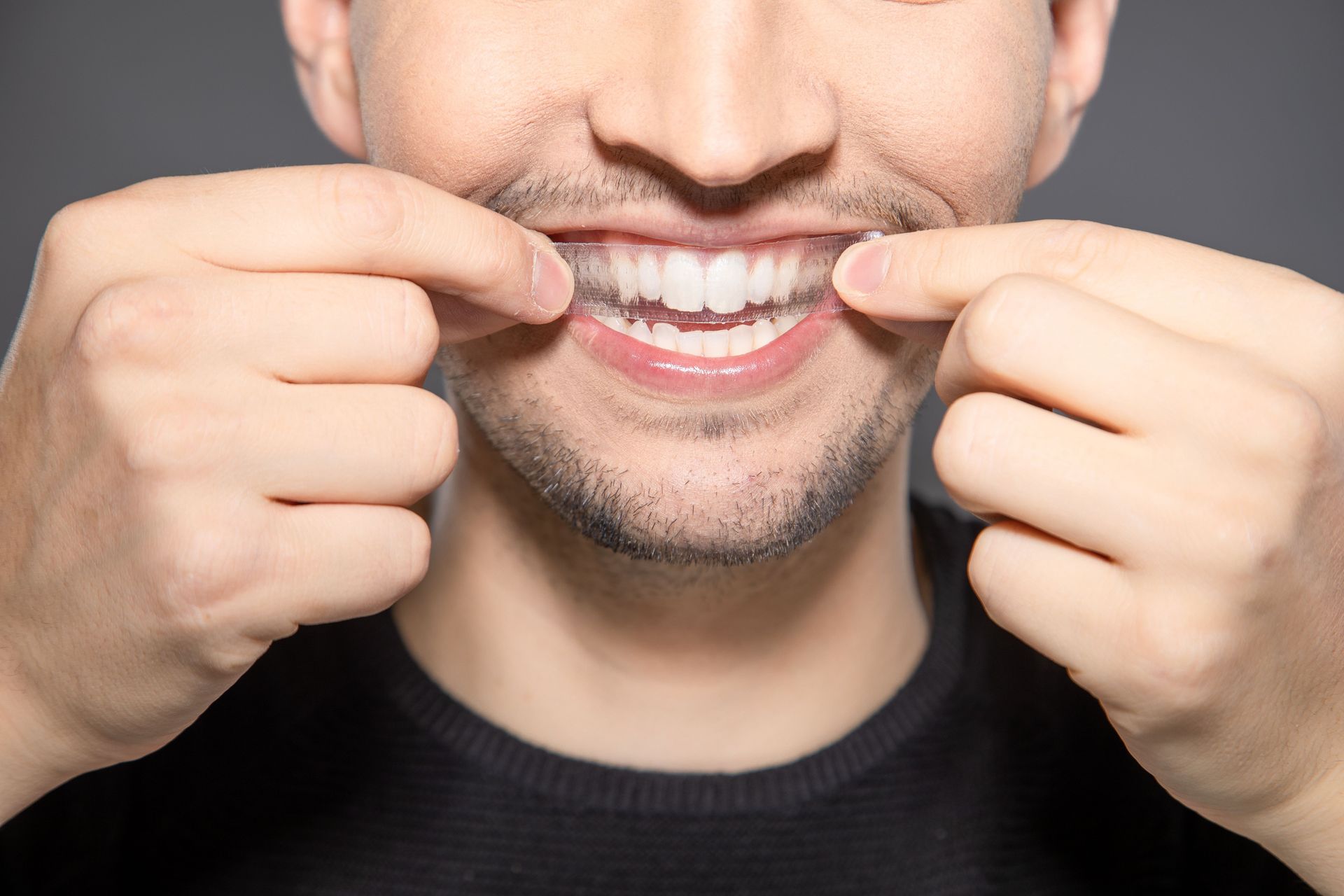
All Rights Reserved | Complete Dental Works
Website designed and maintained by Xpress, INC
201-468-6207



